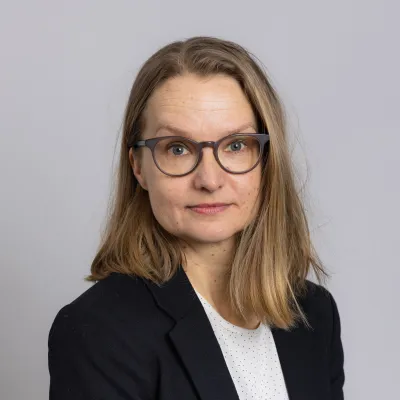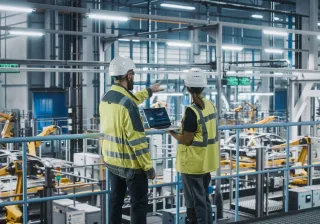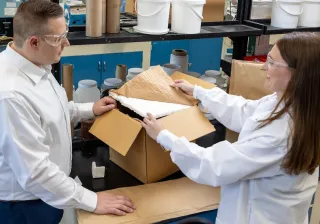With the environmental problems caused by the single-use culture and the growing consumption of packaging, we need new solutions. One partial solution identified is the reuse of packaging. The shift from single-use to reuse will require, among other things, new material and packaging solutions, logistics solutions, packaging tracking systems, washing and cleaning solutions and incentive schemes for consumers to return packaging. In VTT's FuseReuse project, we are developing solutions to boost reuse through experimentation.
20 years ago, a person hurrying along with a disposable paper cup in hand was a rare sight in the Finnish street scene. Today, disposable containers are increasingly available for drinks and food consumed on the spot, even in restaurants. The growing popularity of takeaway food and drinks has been one of the drivers of the global packaging waste problem that has escalated in recent years.
Consumption of single-use packaging continuing to grow
In Europe alone, nearly 80 million tonnes of packaging waste are currently generated each year, or around 178 kg per person. About 40% of this waste consists of plastic packaging, 60% of which comes from food packaging. In addition to food, packaging has also increased in other product groups, due to, among other things, an increased product range in the retail sector. In 2020, the average supermarket already had about 30,000 different product items.
In parallel with the increase in packaging consumption, environmental problems such as littering, which impacts on land and water ecosystems, biodiversity loss due to the use of virgin resources and greenhouse gas emissions during the packaging life cycle have become more acute. A solution to this problem has long been sought in terms of material efficiency and the development of packaging waste recycling. Significant progress has been made in recent years but, as long as the consumption and demand for packaging continue to grow, recycling and material efficiency will not solve the environmental problems caused by increased consumption. Disposable packaging systems will continue to require huge amounts of virgin material, as the quality of materials deteriorates in recycling processes.
Curbing the growth in packaging consumption requires new reuse-based solutions
Developing solutions based on the reuse, recyclability and life-cycle extension of packaging is easier said than done. One of the most important functions of packaging is to protect the product in transport and storage chains and to ensure that the quality of the products does not suffer on the way from the producer to the end user. Recycling, reuse and packaging waste management, on the other hand, require infrastructure to support the system. It is therefore impossible to think about new packaging solutions in isolation from the consumption and production practices and cultures that packaging serves.
The growth in the consumption of single-use packaging is linked to the general culture of mass consumption and the accelerating global takeover of products with a short life-cycle, in the second half of the last century. During this period, many changes, such as more efficient household waste management, falling commodity prices and the rise of product design that makes repair difficult, have accustomed us to the ease and affordability of a disposable consumer culture.
However, as fast as the growth of the consumption culture based on single-use has been, its history is relatively short – only a few decades. A shift towards more sustainable consumption cultures is not only necessary, but also possible. Re-use, repair and longer product lifespans are currently also being strongly driven by the European Union's product policy.
Towards a post-throwaway era
In the FuseReuse project of the VTT iBEX innovation programme, we want to be at the forefront of creating pathways towards a future beyond single-use culture. In 2024, we are focusing on packaging and grocery logistics.
Together with experts from different sectors, we envision what reusable, recyclable packaging and related grocery supply chains could look like in the densely populated future urban environment that supports the sharing economy.








